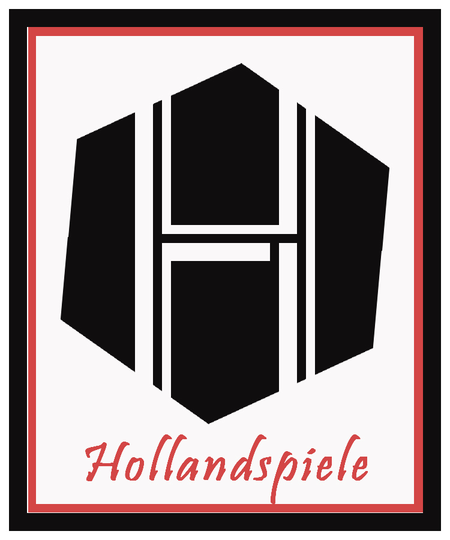
The first time we got Brave Little Belgium on the table, I was convinced that Ryan and Dave had created something really special, something that had a considerable amount of crossover appeal. And we wanted to capitalize on that in the way the game was presented - the box cover, the map, the rulebook, and the counters all needed to be clean and inviting.
Ryan's prototype counters used photographs of infantry and cavalry soldiers, and I originally experimented with doing something in the same vein. But I just didn't find my efforts to be particularly compelling - it didn't "pop" enough. Having recently acquired a Wacom drawing pad, I also tried my hand at creating some unit icons, using the distinctive helmets and headgear for each side. But I wasn't particularly pleased with the results - they just weren't identifiable enough in silhouette.
And that's when I decided to go with NATO symbols. Now, I know what some of you are thinking. NATO symbols? I thought you wanted the game to be accessible to newbies! Well, sure, and I think NATO symbols can be accessible, particularly when you only have two unit types - infantry and cavalry. It's when you give the uninitiated a lot of esoteric symbols - is this one motorized infantry or mechanized infantry? - that they have trouble parsing it.
Using NATO symbols, however, I was eager to avoid the "combat on the left, dash in the middle, movement on the right" component of bog-standard wargame counter design. It's not that I have a problem with that, I just didn't feel it was right given the potential crossover audience. Amusingly, Ryan's prototype counters had reversed the two - movement factor first, then combat - since movement naturally took place before combat. We actually got a few questions about that, and people begging us not to do that, and I'm sure Ryan and Dave encountered it as well. And I understood that, as far as it goes, because for the vast majority of experienced wargamers - and crossover appeal or not, we knew most people buying the game would be in that camp - combat-on-left movement-on-right is intuitive and natural.
But I didn't think we needed the movement factor on the counter at all. We had after all only two unit types - infantry that could move two spaces and cavalry that could move four. That was simple enough to internalize, so I dispensed with it entirely. Which left the combat factor.
Now, the combat factor in the game represents the minimum number that unit needs to roll on a six-sider to score a hit. Four means a four or better, five a five or better, six a six. When a unit takes a step loss, it is flipped to its reverse side, and its combat ability is diminished - a five on the front will be a six on the back. This I worried about, because the number on the back - representing a reduced capacity - would be higher than the number on the front. That didn't strike me as particularly intuitive, especially for newbies. I also worried that, given the buckets of dice combat system, people might interpret the number on the counter as being the number of dice to be rolled, as it might be in a block game.
The solution was to use die symbols instead of numerals. A single die means roll a single die. Four pips on that die means a four or better, five pips means a five or better, six pips a six. I felt it also worked very well with the NATO symbols and color palette to create a bright, clean, stylish look that would be of a piece with the entire presentation.
3 comments
I don’t care for pictures of dice on counters, no matter how large or small the counter is… either my vision or my brain is not acute enough to not choke on counting the little dots.
I enjoyed this game, but first made a new set of counters replacing the die with “4+”, “5+” etc. which was easier for me to figure, and replaced the markers with icon and silhouette symbols instead of photos. To each their own, though!
Brian
I don’t care for pictures of dice on counters, no matter how large or small the counter is… either my vision or my brain is not acute enough to not choke on counting the little dots.
I enjoyed this game, but first made a new set of counters replacing the die with “4+”, “5+” etc. which was easier for me to figure, and replaced the markers with icon and silhouette symbols instead of photos. To each their own, though.
Brian
Thank you Tom for sharing these thoughts.
Ryan Heilman